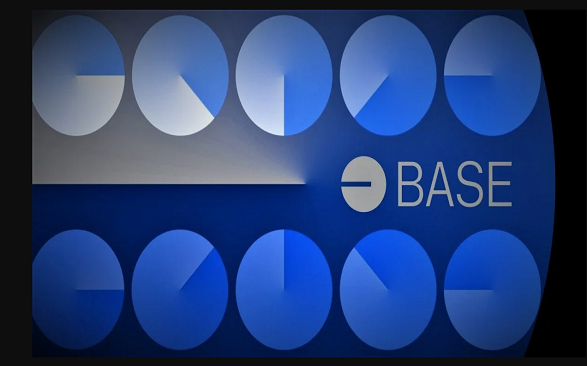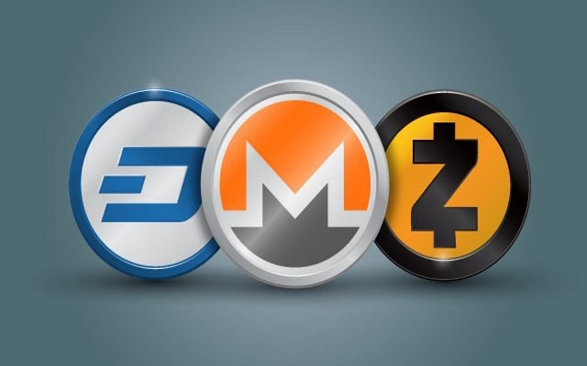Layer 2 scaling solutions are critical innovations designed to address the inherent limitations of scalability, transaction speed, and cost associated with many blockchain networks. Base, an Ethereum layer-2 blockchain network, is developed and scaled by the largest U.S-based cryptocurrency exchange, Coinbase. Base is among the latest scaling solutions in the blockchain ecosystem.
Launched in 2023 Q3, Base has quickly garnered significant adoption as a highly secure and builder-friendly, smart contracts-enabled platform. Base allows developers to build any solution, such as decentralized exchanges (DEXs), stablecoins, play-to-earn (P2E) games, cross-chain bridges, and non-fungible tokens (NFTs) at very low costs.
Beyond serving as an open ecosystem that facilitates the deployment of decentralized applications (DApps), Base is built to be an onchain home for Coinbase products, users, and assets. Notably, there are over $130B assets on the platform. In this article, we will delve into the world of Base, exploring its ecosystem, functionality, and how it differs from Ethereum.
What is Base?
Base is a secure, open-source Ethereum-based layer 2 protocol. It enables developers to build different kinds of blockchain-based solutions, including games, NFTs, bridges, and decentralized exchanges at small fees. Base is a smart contracts-based platform designed to provide enhanced security, cost-efficiency, and a developer-friendly environment to expand onchain access to a broader user base.
Developed and incubated within Coinbase, the scaling solution is built—in collaboration with Optimism—on the so-called MIT-licensed OP Stack. For the uninitiated, the OP Stack is the standardized, shared, and open-source development stack that powers the Optimism L2 network.
More so, Base is built to serve as an onchain home for Coinbase products, users, and assets, as well as an open ecosystem where developers can deploy several decentralized applications. Aside from granting builders access to Coinbase’s developer tools, Base allows crypto investors to bridge their assets from Ethereum to Base.
Dubbed Base Bridge, this route facilitates bidirectional transfers of certain digital assets and data between the Ethereum network and Base. Notably, it takes roughly 7 days to transfer assets from Base to Ethereum at the time of writing. According to Coinbase, this delayed processing time is a security feature designed to help secure Base.
How is Base Unique?
Base was designed from the ground up to be similar to the parent blockchain Ethereum such that there are very few differences when it comes to building on Base and Ethereum. However, Base is different from Ethereum in terms of Opcodes, network specification, transaction costs, and blocks. According to Coinbase, the cost of deploying a DApp on Base is 10 times cheaper than building on Ethereum.
Launched on the mainnet in 2023, Base is designed to allow DApps leverage Coinbase’s products and distribution. In particular, the L2 solution enables seamless Coinbase integrations and easy fiat on-ramps for DApps. This means that Web3 developers can deploy any Ethereum Virtual Machine (EVM) codebase as well as onramp users and assets from Ethereum L1, Coinbase, and other interoperable chains with Base.
Base further grants builders access to several new features on the Ethereum blockchain, including account abstraction, simple developer APIs for gasless transactions, and smart contract wallets.
Read also: What are the Top 5 Blockchain Projects You Should Kmow?
Overview of Network Fees on Base
For every transaction executed on the Base network, two costs are applied namely—the L2 fee and the L1 fee. Otherwise called execution fee, the L2 fee is the network charge for transaction execution on the L2. Meanwhile, the L1 fee is the cost to publish the transaction on the L1. This fee is regarded as the security fee.
While the L1 security fee is usually higher than the L2 execution fee, it varies depending on the amount of transactions on the L1. On the other hand, the L2 security fee can increase or decrease depending on the number of transactions submitted to the L2.

How to Add Base to Your Wallet
Notably, Base mainnet and testnet (Goerli) can be added and used as a custom network on all crypto wallets with EVM compatibility, including Coinbase Wallet and Metamask. While Base is supported on the Coinbase Wallet browser extension by default, users are required to complete a simple setup to begin using the L2 network for various activities.
To use Base with Coinbase Wallet, first open the browser extension and log in to your account. Thereafter, connect to an app using Coinbase Wallet. Next, open the network selection menu and select Base. This will immediately switch your active network to Base.
But for other EVM-compatible wallets such as Metamask, the Base network has to be added manually. Details required to activate Base on these wallets include Chain ID (8453), RPC Endpoint (https://mainnet.base.org), currency symbol (ETH), block explorer (https://basescan.org), network name (Base Mainnet) and description (the public mainnet for Base).
Similarly, details required to activate Base testnet on your wallets are as follows: Chain ID (84531), RPC Endpoint (https://georli.base.org), currency symbol (ETH), block explorer (https://georli.basescan.org), network name (Base Georli).
Conclusion
Layer 2 scaling solutions are crucial in the blockchain ecosystem as they resolve scalability issues by processing transactions faster and more cost-effectively. In particular, projects such as Base enhance blockchain’s usability by reducing network congestion and fees for developers and users. Ultimately, Base is positioned to bring billions of users onchain thereby, expanding blockchain adoption. However, just as with every blockchain, Base is not without drawbacks. It is important to acquaint yourself with all risks associated with the Coinbase-empowered layer 2 network before diving to interact with it.
Read also: What is BNB?
Credit: Ndianabasi Tom
A crypto journalist and content writer who has been talking about cryptocurrency and blockchain technology since 2018, Ndianabasi is a Writer at Crypto Asset Buyer (CAB).
Discover more from Crypto Asset Buyer
Subscribe to get the latest posts sent to your email.




